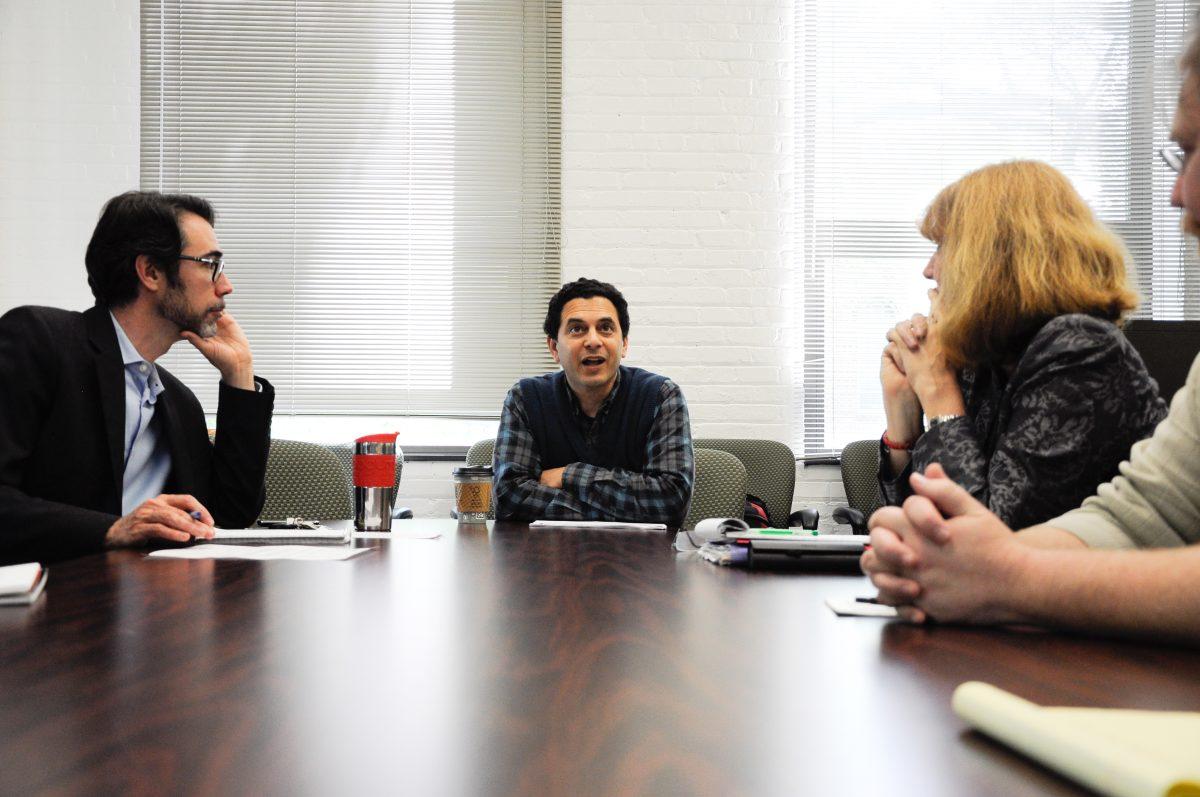Scott Saul, professor of English at University of California Berkeley, introduced his “digital humanities” project at Tompkins Hall Monday.
Digital humanities is the study of human interactions through digital media archives and websites. Saul’s project focuses on one famous person: Richard Pryor.
Saul has spent the last decade of his life archiving the life and career of the comedian, who he said both interests and fascinates him. Saul said he hopes to continue addaing onto a website titled “Richard Pryor’s Peoria” that will go live in a year.
Pryor is originally from Peoria, Ill., a city often referred as the “city of sin” within the state because of its open involvements with prostitution, gambling and drinking, according to Saul.
The project’s reference point in the digital humanities field came from a web designer, two students from UC Berkeley, another student from Stanford University and inspiration. He did not research other examples of digital humanities as he started, and found it beneficial because he noticed that other archives were too complex and made more for scholars.
“Team effort is the joy of collaboration,” Saul said.
Saul said he wants the website to be accessible to a variety of people to spark curiosity of the humanities in a larger audience.
Saul’s first step was to trace Peoria’s social history in relation to Pryor by citing urban historians and documents, including divorce papers from Pryor’s parents, report cards, reports of Pryor being kicked out of school and family photos.
“It is reconstructing the world of the person you’re interested in,” Saul said.
Saul has compiled 220 documents on the website so far. He categorized his documents into four categories: people, places, eras, and themes.
Readers will explore Richard Pryor’s Peoria by scrolling the page and clicking pictures to reveal small essays. Each essay is devoted to a person in Pryor’s life.
The design, called a carousel, breaks large groups of documents into smaller, graspable forms of data that are easier to read and understand.
“I want people to tap into the power of documents,” Saul said.
The purpose is for readers to ask questions and become intuitive with the archives. The documents posted on the website are original copies that Saul received through his research.
Saul built the website by finding documents that inspired him after spending many years tracking and getting to know people through several interviews.
Saul said he expects readers, rather than scholars, to immerse themselves in the readings and stories through digital humanities.








